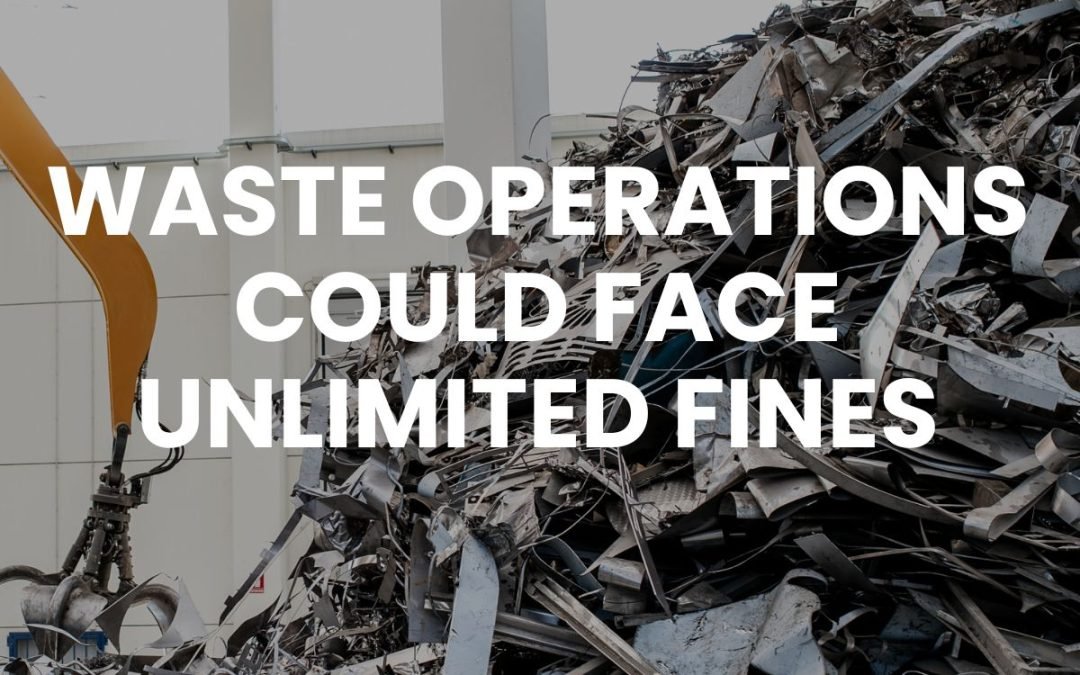With rising attention on environmental impact, organisations today require more than passive pollution data logging. Simply recording numbers in a database for periodic review is no longer enough. Instead, construction firms, healthcare sites, commercial developers, traffic planners and sustainability managers need actionable insights to drive real improvements around air quality.
As monitoring technology advances, decision makers must understand current capabilities to select solutions that best fit their needs and objectives. Let’s explore some key technical considerations when investing in air quality infrastructure:
Pollutants Measured
Clearly identify your targets first – nitrogen dioxide (NO2), particulate matter (PM2.5, PM10), noise/decibels, dust presence. Advanced solutions allow you to monitor multiple factors and examine interrelationships. For example, does NO2 spike when noise rises from construction? Or does introducing dust suppression measures lower PM2.5?
- Clearly identify target pollutants like NO2, particulate matter, noise, dust
- Advanced systems allow monitoring multiple factors
- Examine interrelationships between pollutants
Data Logging Frequency
Spot sampling provides snapshots while continuous monitoring enables detailed pollution profiles. High frequency data can reveal temporary spikes during rush hour versus baseline night levels, or delivery truck activity causing excess nighttime noise. More readings yield greater statistical power to uncover patterns.
- Spot sampling provides snapshots versus continuous profiling
- High frequency data reveals temporary spikes and patterns
- More readings mean greater statistical power
Location Accuracy
Account for environmental conditions like wind and obstacles that can disrupt readings. GPS coordinate stamping contextualizes exposure rather than manual transcription. Regular confirmation of monitor positioning ensures accuracy as barriers or structures change on a site.
- Account for environmental conditions disrupting readings
- GPS coordinates contextualize exposure
- Confirm sensor positions as site conditions change
Connectivity and Accessibility
Solutions with cellular or direct LAN uplinks enable real-time data streams to cloud platforms for instant access across devices, avoiding manual data handling. This then unlocks additional functionality like configurable alerts, automated reporting and quick analysis.
- Cellular/LAN enables real-time data to cloud platforms
- Avoid manual data handling work
- Unlocks alerts, reporting, quick analysis
Analytics and Recommendations from Experts
Opt for solutions backed by environmental specialists who can provide actionable recommendations tailored to your situation, for example pinpointing the root cause of pollution. Many monitors simply present pollution logs without context. In contrast, root source attribution highlights likely causes – for instance, excess nighttime noise linked to certain delivery schedules. This builds confidence and deep insight to select the right mitigation response.
- Solutions should provide tailored context and source attribution
- Raw pollution logs lack context
- Source attribution to highlight likely causes
- Builds confidence to select right mitigation
In summary, today’s solutions must empower rapid response to pollution incidents while consolidating program management across different sites for efficiency. Let us demonstrate how EMSOL’s integrated platform combines real-time visibility, and air quality expertise to put targeted emission reductions within reach.





